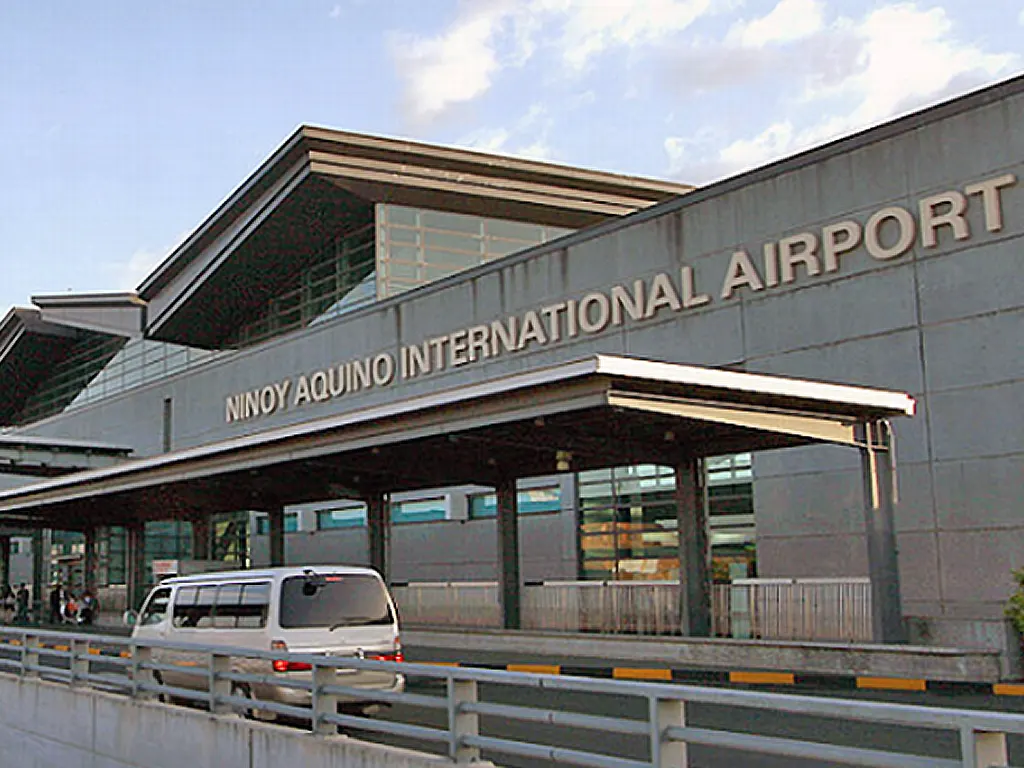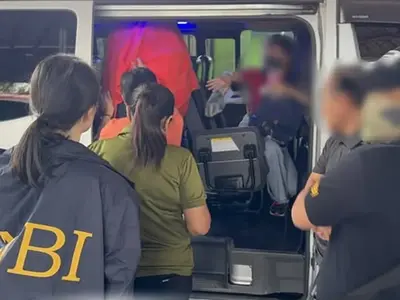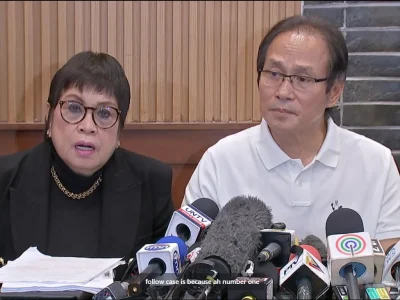
THE Ninoy Aquino International Airport (NAIA) is set to implement facial recognition technology within the next six months to expedite passenger processing for both international and domestic travelers.
President Ferdinand Marcos Jr. touted the initiative as a significant upgrade to airport services, aiming to alleviate long queues and streamline the travel experience.
“We’re trying to make life easier,” President Marcos stated following an inspection of NAIA Terminal 3. “It will be faster… No need to show various IDs. Your face will be your ID. No need to pull out your passport… Soon, we will have this.”
The facial recognition system will eliminate the need for passengers to repeatedly present identification documents, significantly reducing processing times. This modernization effort is part of a broader initiative to improve NAIA’s infrastructure and services, bringing it in line with modern airports across Asia and the globe.
Beyond the technological upgrade, President Marcos also highlighted recent improvements to Terminal 3 under the management of the NAIA Infrastructure Corporation (NNIC).
New facilities include an OFW Immigration Annex, an OFW Lounge and Rest Area, a Transport and Network Vehicle Service Area, and an enhanced arrival service area. “We are choosing the best technologies to make entry and exit easier for our OFWs, visitors, and domestic passengers,” he added.
The President emphasized the importance of NAIA keeping pace with international standards, not only for efficient service but also to enhance the Philippines’ image as a welcoming gateway for tourists and Filipinos alike.
Meanwhile, NNIC Chairman Ramon Ang announced plans to further expand NAIA’s capacity by 2026.
This includes the construction of Terminal 5, which, combined with Terminal 2, will increase the airport’s annual passenger handling capacity to 35 million. This expansion underscores the government’s commitment to modernizing NAIA and ensuring it can meet the growing demands of air travel in the Philippines.



